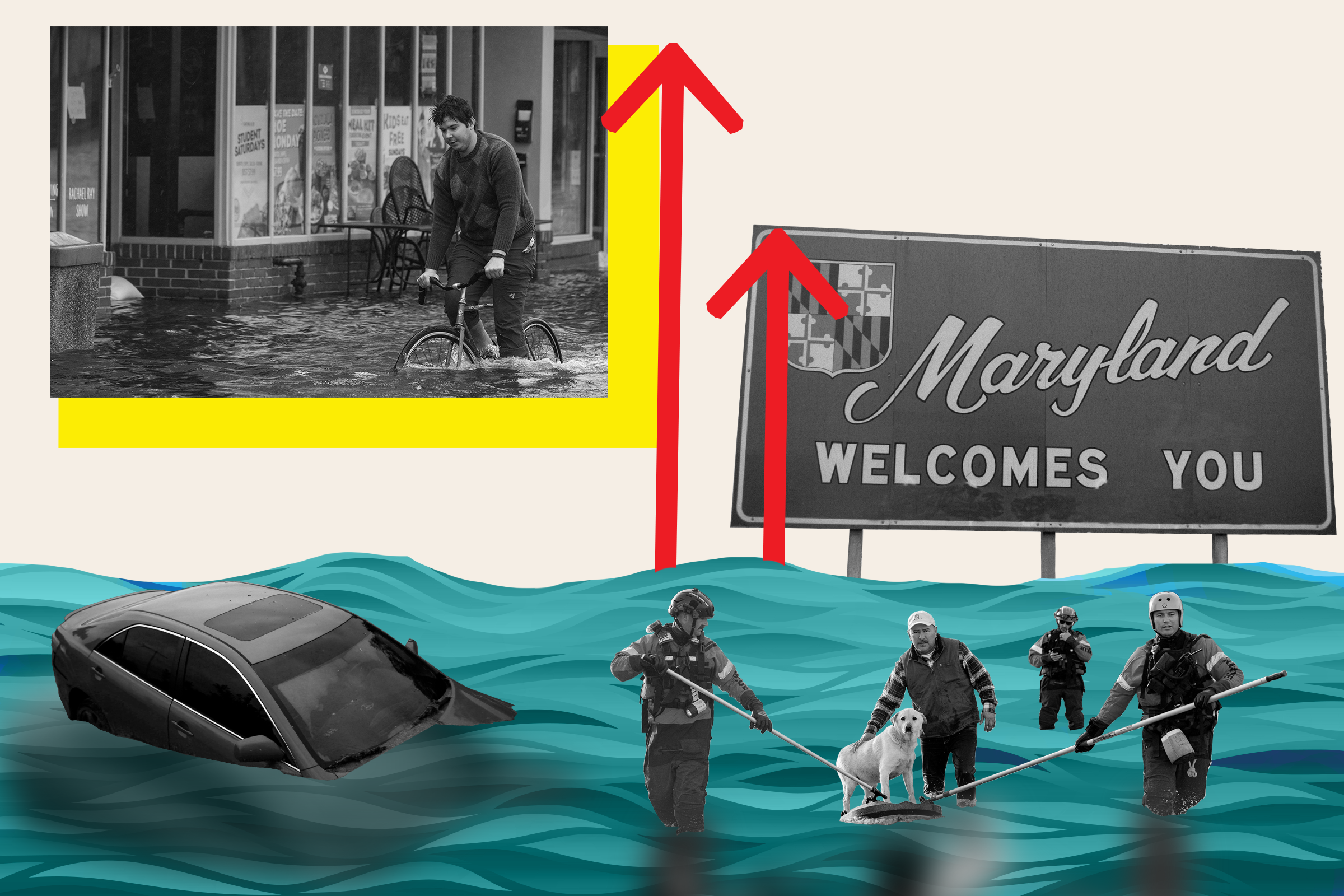The Biden administration has announced a plan to phase out all single-use plastic products from National Park land by 2032.
The initiative, called Secretary's Order 3407, will also stop the sale of wasteful plastics in wildlife refuges and other public lands within 10 years.
As well as phasing out single-use plastics, the order directs the Department of the Interior to identify more environmentally sustainable alternatives such as biodegradable products.
The move was announced in a White House statement on Wednesday to coincide with World Ocean Day.

It was hailed by Christy Leavitt, campaign director of the non-profit ocean conservation group Oceana, who said in a company statement that the U.S. has "failed to protect" its national parks from plastic "for far too long" — adding: "The Department of Interior's single-use plastic ban will curb millions of pounds of unnecessary disposable plastic in our national parks and other public lands, where it can end up polluting these special areas."
Indeed, in 2016 the U.S. generated more plastic waste than any other country on the planet, according to a 2020 study.
Plastic pollution is a big problem that has only gotten bigger over the years. Since the 1970s, the rate of plastic made by humans has increased faster than any other material. All in all, humans have produced around 7 billion tons of plastic waste, according to the United Nations Environment Programme, and less than 10 percent of that has been recycled.
To put that into perspective, New York City's Empire State Building weighs a mere 365,000 tons.
A lot of plastic is designed to be single-use. Around 36 percent of all plastic produced is used in packaging such as food containers, approximately 85 percent of which ends up in landfills.
Plastic can be devastating for the ocean. According to Wednesday's White House statement, 14 million tons of plastic end up in the ocean every single year. Once it's there, it can take hundreds of years for plastic to decompose.
This can be catastrophic for marine life, which might inadvertently swallow harmful pieces of plastic waste. Increasingly, scientists are beginning to notice how potentially harmful it might be for humans as well.

Earlier this year, researchers confirmed for the first time that they had detected microplastics inside human blood and lungs for the first time. Microplastics are tiny particles of plastic released into the environment as a result of waste.
The full health implications of microplastics in humans remain unknown, but they are found almost everywhere on Earth—including the summit of Mount Everest.
Uncommon Knowledge
Newsweek is committed to challenging conventional wisdom and finding connections in the search for common ground.
Newsweek is committed to challenging conventional wisdom and finding connections in the search for common ground.





